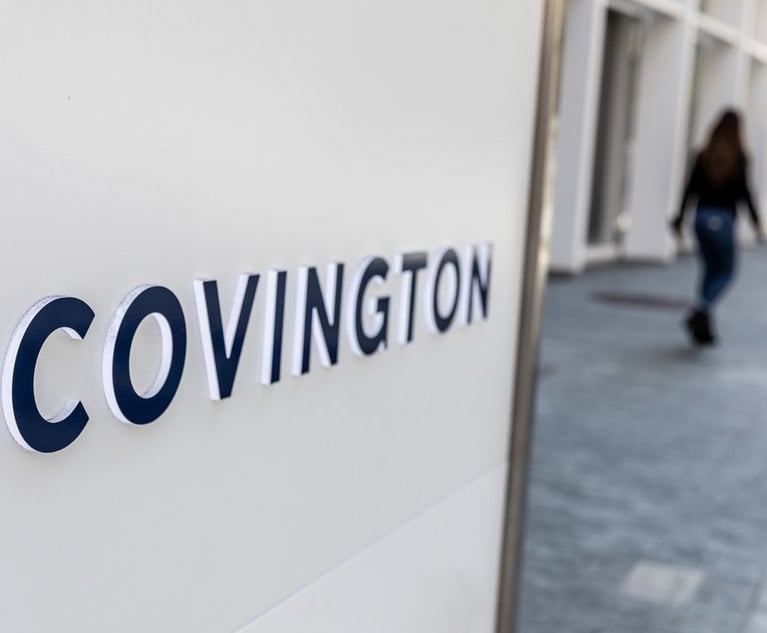With the United States bracing itself against the impending onslaught of the 2019 Coronavirus, employers need to focus on prevention and workplace safety, anticipate concerns of employees, implement pro-active procedures, and avoid legal pitfalls. Federal officials warned schools and businesses to prepare for a nationwide spread that has killed more than 2,770 worldwide. Recent outbreaks in Italy, Iran and South Korea sparked concerns about a global pandemic. The stock markets have dropped, foreign governments have closed schools, businesses have implemented remote working policies with employees working from home and quarantines have been implemented. Victims may experience fever, cough, shortness of breath and respiratory breathing difficulties and, in severe cases, pneumonia, kidney failure and death. Symptoms may appear within two to 14 days after exposure and some infected individuals have shown little to no symptoms. The CDC indicated that the national response to a widespread Coronavirus outbreak would follow a 2017 plan for a similarly novel flu pandemic, triggering school and business closures, travel restrictions on outbreak regions and quarantines of infected patients. There is no native immunity or vaccine in place (at least not for a year). Standard precautions are recommended: washing hands with soap and water for at least 20 seconds, or, if soap is not available, using hand sanitizer (60% alcohol content); disinfecting touchable objects and surfaces; avoiding close contact with people who are sick; and staying home when sick.
What’s an Employer to Do?
OSHA’s “General Duty Clause,” 29 U.S.C. Section 654, 5(a)1, requires employers to provide “employment and a place of employment which are free from recognized hazards that are causing or likely to cause the death or serious physical harm to employees.” Consequently, an employer has an affirmative duty to protect employees from a pandemic viris. The federal Protecting America’s Workers Act (PAWA) expanded coverage to the public sector.
The CDC has warned against nonessential travel to affected areas, like China, and should be replaced by internet video-conferencing. Forcing an employee to travel to an affected area may result in the employer being charged with violating the General Duty Clause.
Employers can fever screen and take action against an employee after the return from an affected area. Laws prohibiting disability discrimination (ADA, etc.) do not apply if the employer acts reasonably to prevent the possibility that an employee might become ill and disabled in the future (and infect co-workers). An employer can inquire about disabilities or require medical testing if: a) the exam is job-related per business necessity; or b) the employee reasonably poses a direct threat to health or safety.
A business can require an employee who returned from an affected area or exhibits symptoms to present a doctor’s note certifying the employee is fit to return to work before allowing him back to the workplace. Most generic fitness-for-duty forms may not be satisfactory and should be modified to focus on the Coronavirus direct threat only; they should not request medical diagnosis, but should ask whether the employee can return to work.
Employers need not wait for symptoms to develop; they can have a policy forbidding employees with symptoms of a potentially contagious illness to report to work. Businesses should implement a cold and flu season policy and have an emergency telework policy in place in case the business asks employees to work offsite. It’s also never too late to communicate the company’s general sick leave policies and practices to employees (preferably every year before flu season begins).
The CDC recommends that workers with symptoms upon arrival or who become ill during work should promptly go home until at least 24 hours after their fever is gone without the use of fever-reducing medications, or after symptoms have improved (at least four to five days after flu symptoms started).
Businesses should prepare for employees staying, and working from, home, implementing cross-training staff to perform essential business functions, and making available flexible leave policies and alternate work schedules.
Reports have emerged in the United States of anti-Asian discrimination based on blaming Asians for the outbreak. Members of protected classes of employees should not be singled out for heightened scrutiny, otherwise it might constitute illegal discrimination. Employers should not target individuals of Asian descent but, instead, should treat all employees the same. Employers should reaffirm and reiterate the company’s anti-discrimination, harassment, bullying and retaliation policies and conduct prompt investigations if and when complaints of mistreatment surface.
Employees have a right under the National Labor Relations Act to engage in concerted activity for their mutual aid and protection, such as organizing a strike to protest working conditions and probably to protest working conditions when there is a Coronavirus threat. Forbidding such activity may expose an employer to a claim under the NLRA.
Generally, employers need to keep confidential all medical-related information obtained and shouldn’t disclose who is, or is believed to be, infected. Also, employee rights of privacy must be respected. Employers can face civil liability or even criminal penalties under HIPAA. If there is a true risk of a worker infecting others, an exception exists if necessary to protect the lives of others.
Employers should consider whether federal, state, county or company leave laws apply if an employee (or that employee’s family member) has a “serious health condition” (under the FMLA, in which case an employer is obligated to provide a packet of information to the employee to determine if the employee qualifies) or if the condition qualifies as a disability (affecting a major life function, like breathing) or if the employer merely regards the employee as having a disability and the employee qualifies for a reasonable accommodation (under the ADA or state and local equivalents, pursuant to which the employer has an affirmative obligation to engage with the employee in the “interactive process”).
Note that employees are not allowed to stay home to avoid getting sick (except those with pre-existing conditions that may worsen). In some states, employees can have time off (sometimes paid) to care for themselves or a family member, or if schools close, or if there’s a public emergency.
In the face of a pandemic virus, employers should consider encouraging sick employees to stay at, or work from, home, providing hand sanitizer, disinfecting surfaces and eating areas, providing protective equipment, clothing, and barriers whenever it is necessary to prevent employees from being exposed to environmental hazards. OSHA may soon establish special requirements for Employers in Higher-Risk Industries. Employers must comply with Recordkeeping and Reporting Requirements as to certain work-related illnesses and injuries (which, according to OSHA, includes the Coronavirus).
There are numerous other laws that may become implicated. Some provide that employees who are infected on the job may be entitled to workers’ compensation benefits in lieu of wages. Also, the Fair Labor Standards Act may disallow an employer to dock an exempt employee sent home who misses less than a full day of work.
Employers should avoid providing medical opinions or misinformation about the effects and spreading of the virus. Prudent employers should communicate consistent with official government guidelines from the CDC and other official sources. For example, the EEOC’s guidance for employers during the H1N1 influenza crisis, titled “Pandemic Preparedness in the Workplace and the Americans with Disabilities Act” offers several helpful tips, including instructing employers to follow CDC guidelines.
Consider amending the old adage as follows: “when in doubt, it’s better to be safe than sorry, so contact employment law counsel.”
Steven L. Schwarzberg, who handles employment law matters, founded the litigation boutique Schwarzberg & Associates in West Palm Beach. Contact him at [email protected].
NOT FOR REPRINT
© 2024 ALM Global, LLC, All Rights Reserved. Request academic re-use from www.copyright.com. All other uses, submit a request to [email protected]. For more information visit Asset & Logo Licensing.
NOT FOR REPRINT
© 2024 ALM Global, LLC, All Rights Reserved. Request academic re-use from www.copyright.com. All other uses, submit a request to [email protected]. For more information visit Asset & Logo Licensing.

 Steven L. Schwarzberg partner with Schwarzberg & Associates.
Steven L. Schwarzberg partner with Schwarzberg & Associates.







